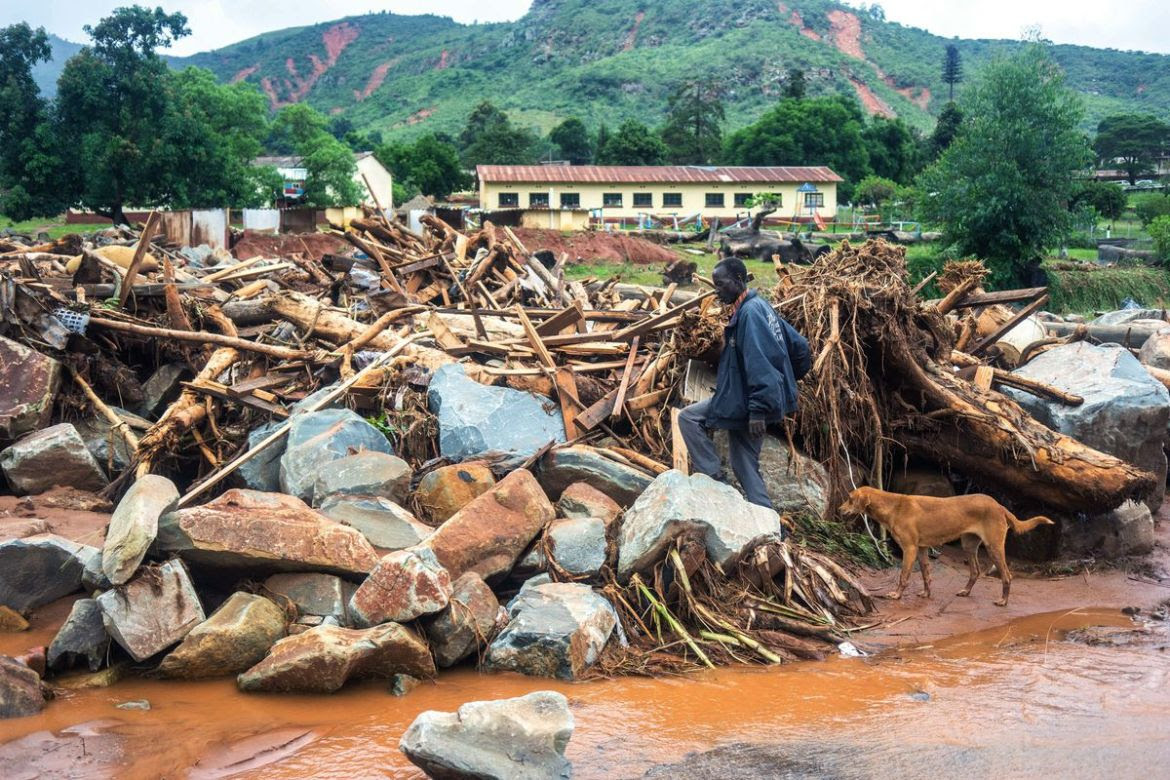By Anyway Yotamu.
SADC member states have been urged to come up with legislation on disaster preparedness and strengthen warning systems to reduce the loss of lives.
The just ended three-day SADC regional dialogue on rethinking disaster preparedness and climate change held in Mutare, saw participants from Mozambique, Malawi and Zimbabwe discussing how communities can prepare for natural disasters.
The participants concurred that Cyclone Idai and Kenneth were an eye-opener, hence the need to strengthen the region’s preparedness in dealing with such disasters.
“In all the three countries it was noted that there is good legislation on disaster preparedness but the issue now is operationalising those and issues of decentralisation to ensure that local structures are able to take charge of disaster preparedness and response,” said Chikondi Jabuza, Action Aid Regional Advisor for Humanitarian Aid in Southern Africa.
“States must adopt risk reduction based development plans and frameworks and here it is really a question of translating the SADC disaster management framework to a national level and operationalising this. Including building investments in building the capacity of the state to invest,” said Maseko Madzvamuse, the Chief Executive Officer of the Southern African Trust.
“The State needs to be better prepared in terms of warning people the early warning systems and also in terms of better coordination. The State on its own will not be able to deal with that impact so there is need to partner with development partners who can provide technical information,” said Llyod Kuvheya, the Amnesty International Research Consultant for Southern Africa
The extent of destruction that was caused by Cyclone Idai in March last year in Mozambique, Malawi and Zimbabwe served as a wakeup call to the SADC region that climate change is real.
The Cyclone was one of the worst tropical cyclones on record to affect Africa and the Southern Hemisphere. The long-lived storm caused catastrophic damage, and a humanitarian crisis in Mozambique, Zimbabwe, and Malawi leaving more than 1,300 people dead and many more missing.
